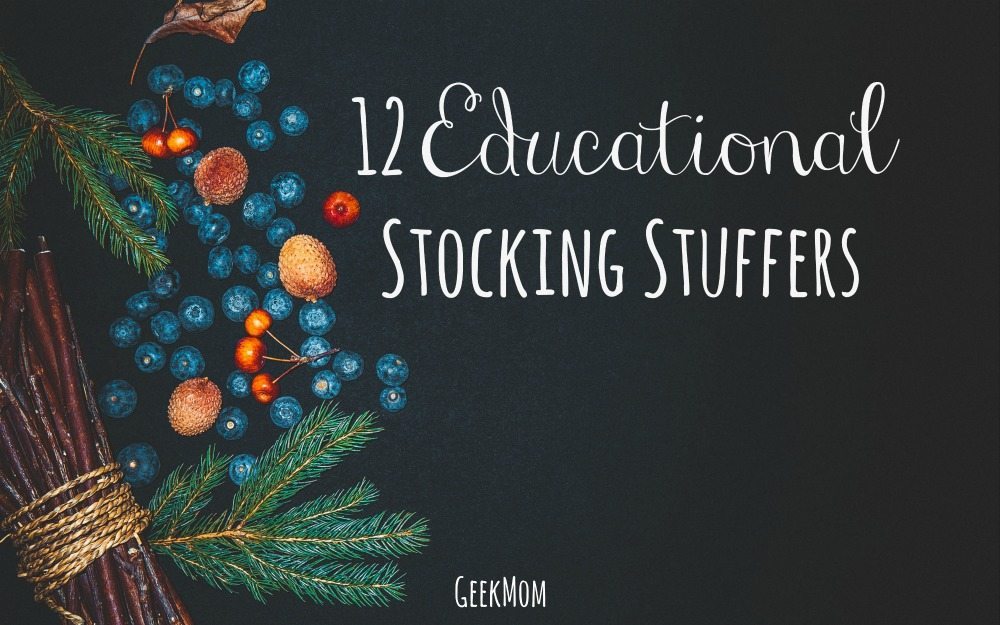
When I was young and started attending school, my mom got a job in the school cafeteria. The hours worked really well for our lifestyle. I got her at either end of the day, and she didn’t go stir crazy in the middle of it. By the time I was in middle school she had gone back to school, become a qualified chef, and had worked her way up the bureaucratic ladder to be the head chef at the restaurant based in City Hall. To say I am proud of what she achieved would be a gross understatement.
Unlike some families I know, she never sat me down in the kitchen to teach me how to cook. There were no baking lessons, there were no step by steps. You watch, you experiment, you learn. Very rarely have I seen my mother follow a recipe exactly. She uses years of instinct and her gut knowledge to make the most fabulous meals. I try and emulate that as much as I can, sometimes with great success, sometimes with great failure. I very rarely follow a recipe, though sometimes it’s a necessity. There are areas in which my mother concedes a need for precision, the measuring of batter for individual cupcakes for instance, but in other areas just dash, dab and sprinkle what your eye tells you to.
When it comes to the turkey at Thanksgiving, I look to my mother’s Christmas dinners for inspiration. We would have a turkey, a joint of beef and a pork roast all at the same meal. I admit to being more pre-occupied with the presents than the meal being prepared, but I do know one thing; she did not follow any scientific, or even Betty Crocker approved method.
Cooking a turkey at this time of year is serious business. At around 180 degrees Fahrenheit, the muscle fibers of this large bird have contracted to breaking point. It is at this stage that the molecules will begin to break down, proteins unravel and the turkey begins to achieve its tenderness, as opposed to the dense mass that went into the oven. If cooked too long, a turkey will become dry as a result of the coagulation of proteins within the meat. The one rule I follow, from my mother of course, would be to cook the bird for twenty minutes per pound, plus an extra twenty. This is for a turkey closer to the size of a large chicken. Of course, matters are further complicated by the differing composition of light and dark meat. You can use foil to reflect heat at different areas of the bird, or use ice packs during the thawing process to keep the light meat at a lower temperature for when you begin cooking.
If you are looking for a tried and tested way of ensuring a well done bird, then I might suggest the following resources:
- You can watch this video of The Food Network’s Alton Brown to see how to successfully “foil” your bird for the right balance of light and dark.
- If you pine for that picture perfect dinner, I would suggest one of Martha Stewart’s recipes, which always seem to come out beautifully, though I wouldn’t guarantee that without Martha herself coming to your house of course!
- A trend in recent years has been to deep fry your turkey. Generally this ensures a 40 minute cook time and a juicy bird, but I’d worry about your cholesterol levels at your next yearly checkup.
- Then again, you can always call the Butterball hotline, 1 (800) BUTTERBALL | 1 (800) 288-8372, a turkey resource for decades.
In our house, I leave the turkey to my mother in law, who has had great success in recent years with varying methods of brining. As long as there’s crispness on the outside, I’m a happy pilgrim.
If you want to bring a little more science to your bird this year, then the following are all excellent resources:
- Physics Talks Turkey This Thanksgiving by Harold McGee
- The Science of Turkey – A Little Science Lesson to a Better Turkey by Derrick Riches
- Physics in the Real World – Turkey Physics by Andrew Zimmerman



The link above (The Science of Turkey – A Little Science Lesson to a Better Turkey by Derrick Riches) is no longer valid. I would greatly appreciate it if you could change it to:
http://derrickriches.com/the-science-of-turkey/
It is the same article. It has just been moved to my new website.
Thanks,
thanks for sharing this amazing posting recently we have shared out views on best grill https://ourpick.net/grill-reviews/
Beautiful and lovely post. Thanks to sharing this.